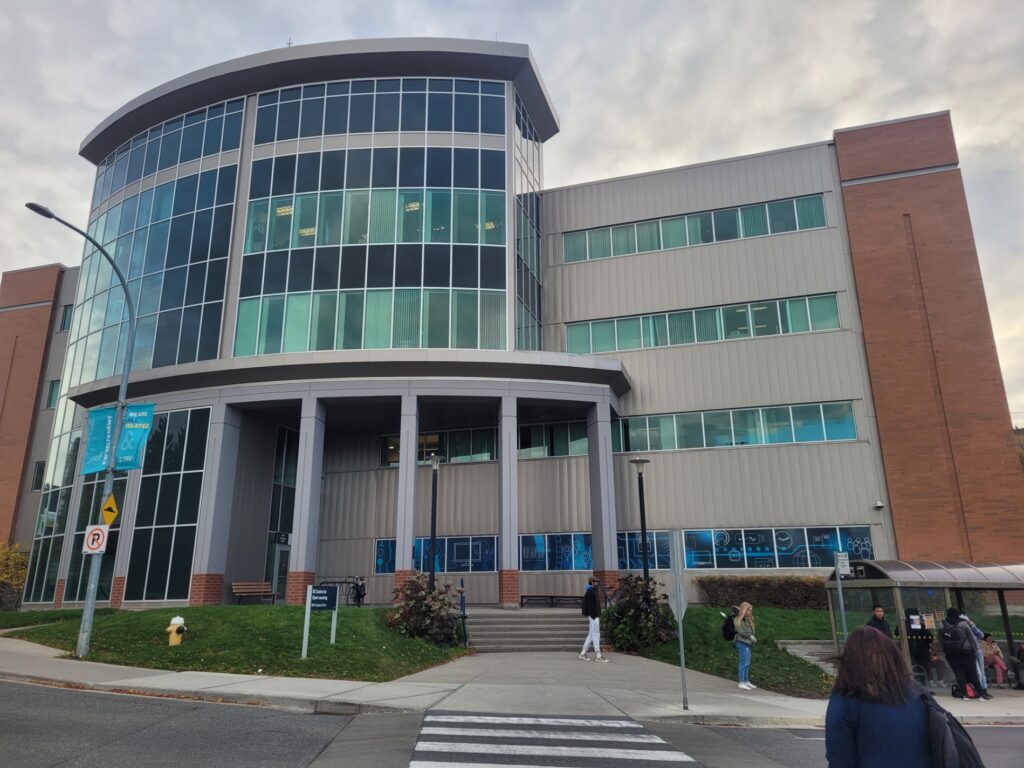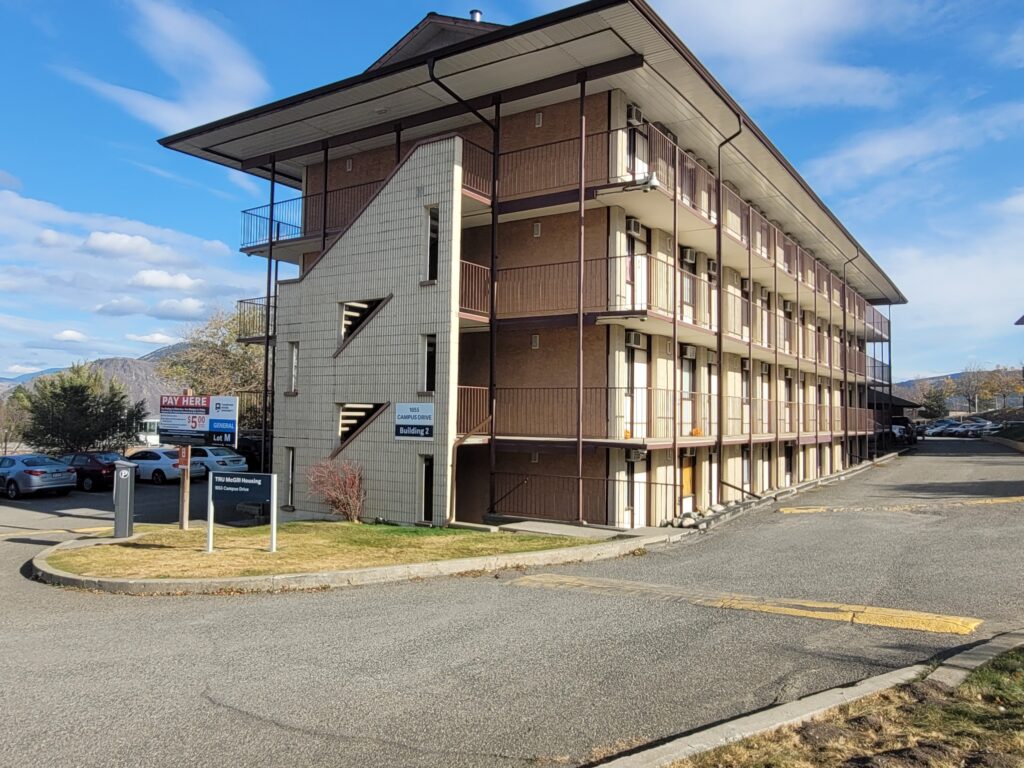
The housing situation in Canada as well as Kamloops has gotten out of hand, sparking a heated discussion that involves Thompson Rivers University (TRU). As the rise in rental costs and the lack of affordable units, a lot of causes, including the increase of international students, are being blamed. Due to the high annual rate of international student applications, TRU finds itself at the center of this complicated issue. However, there are divided opinions on whether restricting the number of international students is really the answer, or should the focus shift toward broader infrastructural improvements. This article will examine TRU’s role and potential as a key contributor to Kamloops’ housing crisis.
Data from 2022 showed that Kamloops faced a significant housing shortage with a rental vacancy rate of only 0.9%. The tight housing situation is further intensified by TRU international student admissions. President’s Report in April 2023 shows that although TRU’s total applications for Fall 2023 decreased by 3%, the number of international students remained high at 4,734. However, admissions were 7% lower than last year, with a 12% decline in admissions for international students. Nevertheless, they make up around 62% of the total admissions, indicating that a significant number of students may be competing for limited housing options in Kamloops.
As Kamloops is currently struggling with a pressing housing crisis, a debate over the role of international students and whether reducing their numbers may help the situation. According to some stakeholders, a restriction on TRU’s admissions of international students would free up housing units for local residents and assist in stabilizing the rental market. On the other hand, others emphasize the importance of a more comprehensive strategy. They feel that limiting the number of international students is a shortsighted answer, highlighting the broader cultural and economic advantages that these students bring to Kamloops. Instead, they encourage innovative housing solutions and infrastructural development that meet the needs of all students as well as the community at large, guaranteeing sustainable growth for the future.

Brett Fairbairn, president of TRU, emphasizes the importance of not blaming international students for Kamloops’ housing situation, The causes of the current housing issues are complex and have been evolving for years. Although immigrants and international students are being focused on, bureaucratic challenges and previous policy choices also play a big part. TRU takes pride in its diverse community and is proactively addressing the accommodation needs of both domestic and international students. With the opening of a new 148-bed student housing complex and plans for more on-campus accommodation in collaboration with local and provincial governments, TRU is staying true to its commitment to sustainable solutions. Instead of seeing international students as a part of the issue, the emphasis is on recognizing them as important contributors and collaborators in overcoming these obstacles. (View From TRU)
Linda Kim, a TRU undergraduate from South Korea, describes the housing situation in Kamloops as “challenging”. For weeks, she spent hours looking for affordable accommodation near the TRU campus before deciding on a basement in North Shore for $1,000 per month. She opines, “We have to pay double the tuition fees now the rent is also really high, and the transport is not really good either. We give a lot of money to Canada, so why do people want to limit international students? We come to Canada for a better future and work hard to pay the bills, not everyone is rich. If there are not enough housing options, the government shouldn’t let us come here ”.
Charles Mason, a student who was born and raised in Kamloops, acknowledges the housing crisis but thinks the focus should be on broader strategies. “I don’t really see international students as the main issue here. The lack of labour and how taxes are set up are the real problems. The government should change the regulations and offer tax benefits to developers to build more accommodation.”
Wanda Harper, a resident in Kamloops, says. “It seems that our housing options aren’t keeping up with the rapid growth in population due to immigration. Why does the government continue to raise immigration numbers when we’re already struggling? I don’t blame the immigrants or international students, just want the government to adjust the immigration policies to align with our city’s capacity .”
As Kamloops is still struggling with a housing crisis, the debate is far from over. While the number of international students is a focal point, is merely a piece of a multifaceted problem that requires collaboration from all parties in the community involved. It is obvious that solving this issue will require more than just adjustments to international student admissions; rather, it will call for cooperative, innovative solutions that take into account the needs of everyone affected. It is yet to be seen how these different opinions may affect policies and initiatives moving forward.

